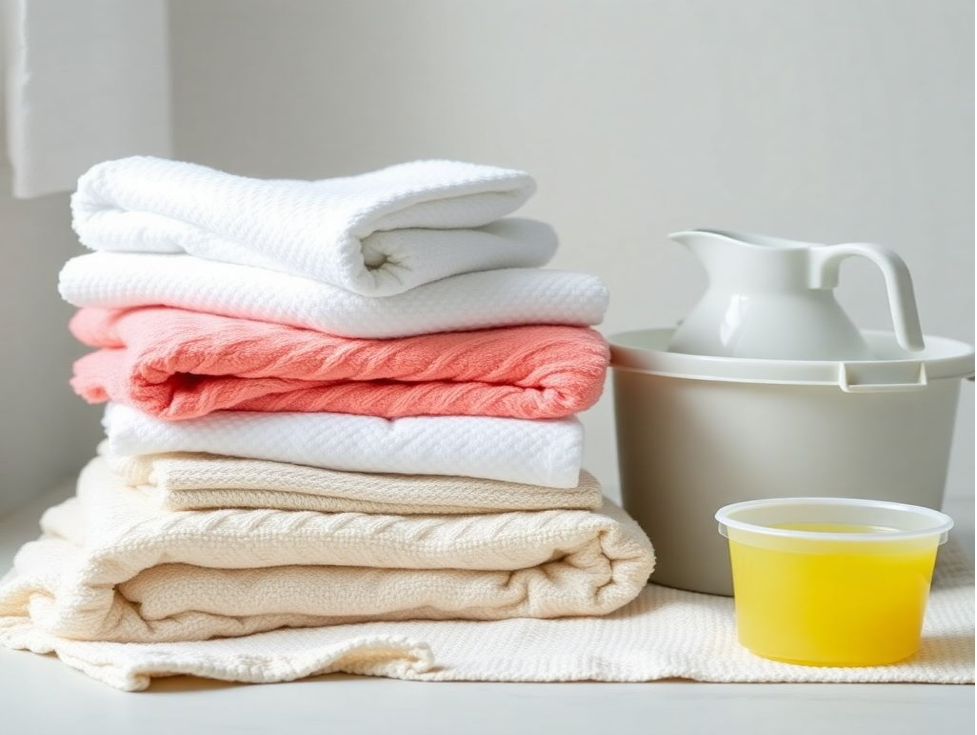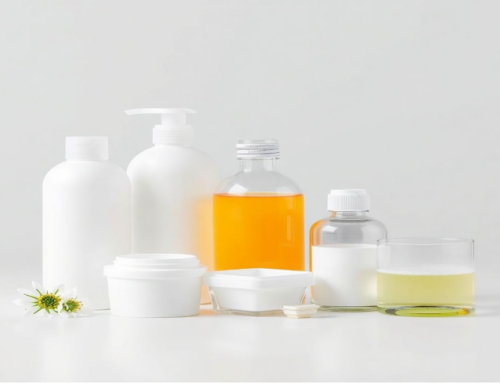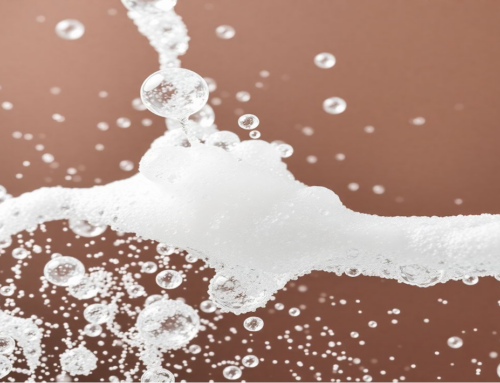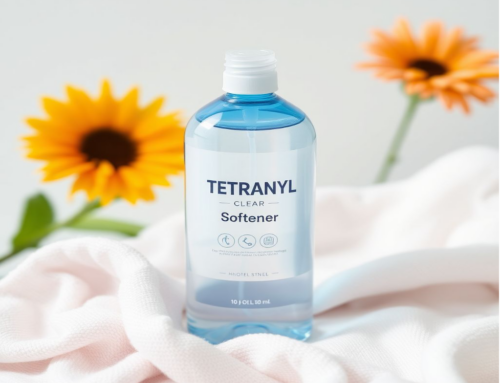Keeping our homes and laundry clean has always been important, and everyone wants cleaning products that do the job well. Over time, detergents have become more advanced, and enzymes are now a key ingredient that makes them so effective. Enzymes are natural helpers that break down tough stains and dirt, making cleaning easier and leaving clothes looking fresh.
What’s great about enzymes is that they work even in cold water, saving energy, and they’re also gentle on fabrics, helping clothes last longer. Plus, they’re better for the environment compared to harsh chemicals and can reduce the cost of production for manufacturers.
In this discussion, we’ll explore how enzymes work, the types of stains they target, where they are used, and the best ways to handle them to get amazing results. Whether it’s for laundry, home cleaning, or industrial use, enzymes are truly game-changers in cleaning solutions.
Benefits of Enzymes in Detergents
Enzymes make cleaning easier and more effective by targeting specific types of stains and dirt. Here’s how they help:
- Better Cleaning Power: Enzymes break down tough stains, making it easier to clean clothes, even in cold water.
- Removes Stains: They work well on different kinds of stains, such as:
- Fruits: Breaks down sugars and natural colors.
- Oils and Fats: Removes greasy spots effortlessly.
- Fatty Stains: Handles stubborn, oily stains with ease.
- Brighter Whites: Some enzymes, like cellulase, help remove dullness and make whites look brighter.
- Protects Colors: Enzymes are gentle on fabrics, keeping clothes looking vibrant and colorful for longer.
By using enzymes, detergents clean better, protect clothes, and make laundry easier.
Key Enzymes in Powder Detergents
Powder detergents often use five key enzymes to clean different types of stains:
- Protease:
This enzyme breaks down protein-based stains, such as blood, sweat, milk, and food. When you spill something like ketchup or eggs, protease helps to dissolve those protein stains, making it easier to clean. - Lipase:
Lipase works on grease and oil stains, such as those from cooking oils or greasy foods. It helps break down the oils into smaller molecules, allowing the detergent to lift them away from fabrics. - Mannanase:
This enzyme targets stains caused by gums and thickeners in certain foods like sauces or ice cream. Foods with these ingredients can leave sticky stains, and mannanase helps to break them down for easier cleaning. - Amylase:
Amylase is great for removing stains from carbohydrates, such as starches in pasta, potatoes, or even sauces. It helps dissolve these complex sugars, which are tough to remove without an enzyme. - Cellulase:
Cellulase helps soften fabrics and makes clothes feel smoother. It also removes tiny fibers (called microfibrils) from the fabric’s surface, making clothes appear brighter and fresher.
In addition to these enzymes, some detergents may contain just one enzyme, designed for very specific types of stains. Manufacturers can choose from different enzyme grades to meet specific cleaning needs, giving them flexibility in making detergents for different purposes.
How to Use Enzymes in Detergents
Enzymes can be effectively incorporated into liquid and powder detergent formulations. Their usage ensures optimal cleaning efficiency:
Applications of Enzymes
- Home Care Products for Laundry and General Cleaning
Enzymes are widely used in laundry detergents and household cleaners, ensuring effective stain removal and dirt breakdown. - Industrial and Institutional (I&I) Cleaning Solutions
For large-scale cleaning in industries, enzymes enhance efficiency and tackle tough stains and residues. - Dishwashing Liquids
Enzymes help break down food particles, grease, and residues, ensuring sparkling clean dishes with minimal effort.
Methods of Incorporating Enzymes
- Powder Detergents: Blend enzymes in the detergent base to ensure even distribution. Use a combination of enzymes for multi-action performance.
- Liquid Detergents: Enzymes can be added during the formulation stage or as a post-addition to preserve their activity.
Handling Enzymes: Best Practices
Proper handling of enzymes is important to keep them active and ensure the detergent works effectively:
- Post Addition
For liquid detergents, enzymes should be added after production. This avoids exposing them to high temperatures and extreme pH levels, which can reduce their effectiveness. - Mixing
Enzymes need to be mixed evenly in the detergent to ensure consistent cleaning performance. Using careful mixing techniques prevents the enzymes from breaking down or losing their power (this is called denaturation). - Storage
To keep enzymes potent, store them in a cool, dry place. This helps maintain their strength and effectiveness over time.
Enzymes from Sunson: A Trusted Solution
At Mimoza Gulf, we proudly distribute enzymes from Sunson, a leading enzyme manufacturer based in China. Their enzymes are trusted by detergent companies worldwide for high-quality, reliable cleaning performance. Sunson’s enzyme range helps manufacturers create detergents that clean effectively and support sustainability and cost-efficiency. Whether you’re looking for single enzymes or specialized blends for tough stains, Sunson offers a variety of solutions for every need.
To Sum It Up
Enzymes have revolutionized the detergent industry, making cleaning more effective and environmentally friendly. By using a combination of enzymes like protease, lipase, mannanase, amylase, and cellulase, detergents can excel in stain removal, brightening, and color care. Proper handling ensures these enzymes work at their best, giving you long-lasting results in both liquid and powder detergents.
Partnering with trusted brands like Sunson helps detergent makers meet consumer demands and set new standards for cleaner, greener products. For more information or to explore enzyme options for your detergent needs, visit Mimoza Gulf.






